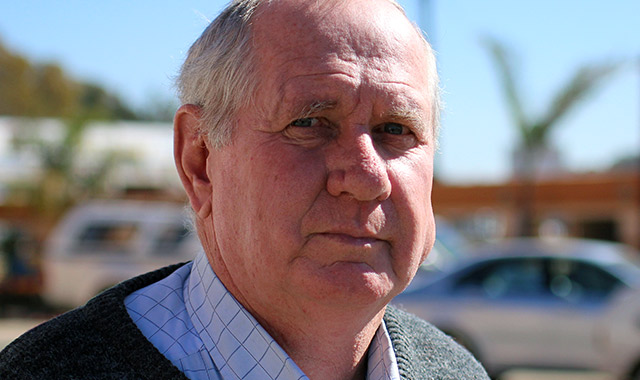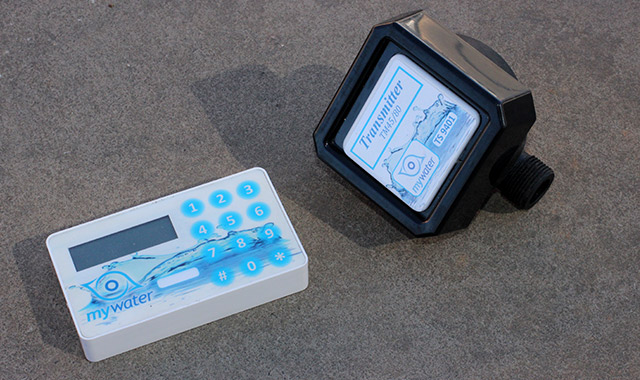
The wastage and theft of water is a national problem that costs South African municipalities billions of rand every year. Now a local invention from a company called MyWater, which allows municipalities to better monitor water consumption in poorer communities, is promising to help deal with at least part of the problem.
The idea for an automatic metering system came to MyWater CEO Larry Symington about 14 years ago, when Durban’s eThekwini metropolitan municipality invited companies to come up with ideas to address the delivery of free basic water to residents.
Symington, a mechanical engineer, says he was interested but pulled out because, he claims, the municipality was “going about it all wrong”. eThekwini wanted to control demand by controlling the flow of water. Residents only received a trickle once their daily allowance was depleted, resulting in people bypassing the system illegally.
“As a nation, we are running at 40% unaccounted-for water loss,” he says. “This means that whatever the municipalities buy from the bulk provider, they need to buy 40% more, because it’s lost and is unrecovered.”
According to Symington, the national average of cost-recovery for water is between 12% and 15%. “Consumers owe government and municipalities R86bn/year in unpaid water bills and this number grows about R11bn/year,” he says.
“The government has done well in rolling out water to low-income communities, but it has not kept up the pace with the technologies that should go with it.”
A decade later, Symington picked up the project again and, after a few iterations of the MyWater metering system, now has a cellular-based solution that keeps track of water use remotely.
The system, which comprises two hardware devices, was developed and is manufactured in South Africa, and is self-funded by Symington.
The MyWater meter is installed on the main water pipe on the inside of a property that is to be metered. This means the municipality’s meter remains fully operational, but residents can measure their consumption accurately and in real time.
The MyWater system uses an embedded Sim card that sends real-time meter readings to a server. A secondary metering unit is usually fitted in the kitchen. Meter readings can then be accessed via an online portal or via a users cellphone using USSD. Considering the target audience for MyWater, Symington says USSD is sufficient for now, although there is a smartphone app in the works.

A useful feature of the system is that the unit detects if water has been flowing for more than 15 minutes and then emits a 10-second beep to inform the resident that water may be being wasted. An SMS is also sent. This is useful for detecting leaks, or perhaps a burst geyser or leaking tap when someone is away from home.
Symington is working closely with insurance and telecommunications operators to develop a user-friendly water monitoring and payment system for consumers and businesses.
“South Africa’s bylaws require you need to take responsibility for the water coming into your property, but you can only take responsibility if they have given you all the information around your consumption,” he says. “From the time someone reads your meter to the time you get your bill can be anything from six weeks to five years.”
MyWater shifts the responsibility from the municipality to the consumer, with meter readings stored on a server accessible by both the council and by residents.
Although MyWater is not yet available to the general public, Symington hopes to work with municipalities to deploy the system and encourage responsible water usage, even in areas where low-income households often do not pay their water bills. — © 2014 NewsCentral Media

